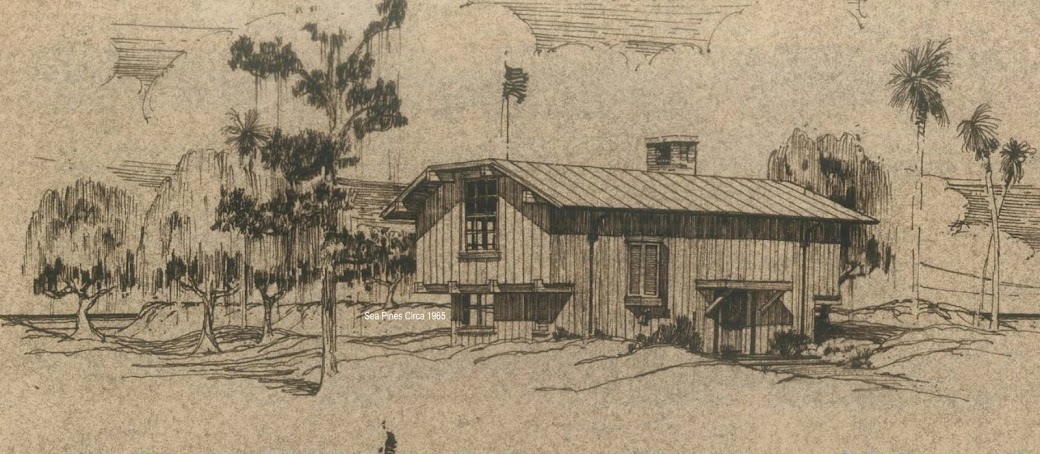Via The Savannah Morning News
A growing sense that Daufuskie Island should have more control over its own affairs is driving a discussion about turning the island into a municipality.
“We provide Beaufort County with tax dollars, and we think that we probably don’t get all of the services we should be getting,” said Charles Small, co-chair of the island council. “We get very little from Beaufort County, and we are trying to see what would be a better step for us as an island community, if there is one. We may come to a dead end.”
Small emphasized that recent discussions are formative, adding, “We’re a long way off. I don’t want to get ahead of ourselves.” Nevertheless, the Municipal Association of S.C. has become involved.
For Don Newton, it’s a question of “input versus output,” and home rule for the island situated between Tybee and Hilton Head.
“We will get a better return on our dollars if we are leading it ourselves and managing it ourselves,” said Newton, who lives in Northern Virginia but owns land on Daufuskie with his wife, Jean, who is of Gullah heritage. Paying $4 million in taxes to the county, said Newton, should be yielding greater benefits. He thinks the island could use a new model.
Central to Newton’s contention that the bridge-less island is getting shorted is its lack of comprehensive public ferry service and the potential for an uncoordinated emergency evacuation if there’s a hurricane. A handful of officials wrote letters to federal transportation officials this year as part of a grant application for funding to study a new, comprehensive public ferry system between Daufuskie and the mainland.
“During the Atlantic Tropical Storm season, Daufuskie is one of the most vulnerable locations on the Atlantic coast,” wrote Beaufort County Sheriff P.J. Tanner. “The current ferry service arrangement has never been fully satisfactory when considering the emergency evacuation of the residents of Daufuskie.”
The island’s $325,000 federal grant application, submitted under the auspices of Beaufort County, was not selected for an award. The $325,000 grant application was unsuccessful, leaving ferry supporters looking for other solutions.
What can a town do?
“You’re kind of in a position to determine your own future,” said Bill Taylor, field services manager for Municipal Association. “And of course being an island, you certainly have got limitations on what you’d expect from county government,” he said.
“They’d be in a position to maybe have other services that they’re not getting from the county.” As an incorporated town, state law requires them to offer at least three new services to residents, beyond law enforcement, with three years of incorporating. Taylor said as a municipality, Daufuskie would be able to pursue grants and funding opportunities independently, instead of relying on Beaufort County. Funding allocated according to population within a local government could also become available to Daufuskie.
Check with the neighbors
Beaufort County doesn’t stand to lose anything except, perhaps, some minor revenue from small fees, if Daufuskie were to become a municipality, according to Taylor. But islanders would have to ask Hilton Head Island about possible annexation.
“Now Hilton Head Island, certainly, could say they don’t want Daufuskie Island to be part of them, for whatever reason,” said Taylor. “Service delivery might be more expensive for them.”
The town manager of Hilton Head could not be reached by phone or email on Friday. There are other conditions. Normally, the area to be incorporated must have a population density of at least 300 people per square mile.
But islands are exempt from the standard. About 400 full-time residents live on Daufuskie, which receives 50,000-200,000 visitors each year. The private, gated communities operate their own ferry service.
It’s a situation that has sometimes created a divide between the Gullah residents and others who struggle to reach the mainland for work and supplies, and wealthier property owners with private boats. Another phase of the incorporation process is to do a feasibility study, which some Daufuskie islanders considered eight or nine years ago but ultimately abandoned. A legislative review committee would also get involved.
Finally, a Daufuskie mayor and other members of the governing body would also be elected.
“Right now they’re just a part of the rural community of the county,” said Taylor. “But if they wanted to have some greater control over the future of the island, by having it incorporated, you’ve now got elected officials who can make decisions about those things.”








